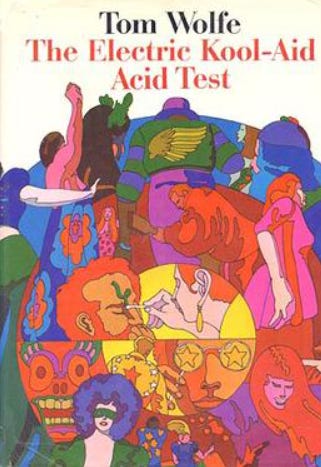In societies where it’s risky to rebuke political leaders the jokers, court jesters, and editorial cartoonists are able to express the outrage of the populace. A revolutionary movement against political corruption is not uncommon, some anthropologists consider revolutions as a sign of a healthy society.
There is a societal function for jesters and similar low-status figures. Their purpose is to expose deception, betrayal, and hypocrisy among higher-status leaders. In this role, a low-status individual possesses privileged or sacred attributes. In The Ritual Process (1969), Victor Turner draws examples from folklore—which is rich in symbolic figures:
“…holy beggars, third sons, little tailors and simpletons, who strip off the pretensions of those holding high rank or office, and reduce them to the level of common humanity and morality.” (Turner, 1969)
There is an interesting similarity between jesters and hippies. By adopting poverty the hippies acquired the attributes of a low status position that enabled them to speak candidly, like jesters. Aside from arrests by the police, which happened frequently, hippies were above reproach. They couldn’t be fired from jobs they didn’t have.
High profile hippies such as Jerry Rubin or Ken Kesey could be considered jesters. Kesey and the Merry Pranksters were chronicled by Tom Wolfe in his book, The Electric Kool-Aid Acid Test (1989). They toured the country in a day-glow painted school bus, offering LSD trips and turning on those who were curious. The bus trip ended when possessing LSD became illegal in 1968.
Choosing Poverty
It is significant that, in dropping out of mainstream middle-class America, counterculture participants chose poverty over conventional employment, but it was on their terms. In his article, The Poor and the Hip (1972), Louis Zurcher found similar psychological characteristics among counterculture hippies and the poor, but asserts that “the hip” adopted these traits.
The counterculture rejection of “straight” society and institutions created a structural void. Hippies adapted to this void by enacting new social agreements, such as alternative housing, flexible relationship boundaries and communes; the institution of marriage was replaced with sexual freedom called “free love.” By adopting poverty and rejecting consumerism, hippies established an egalitarian togetherness of non-conformity.
References for this post and further reading:
Gitlin, Todd 1987
Miller, Timothy 1991
Turner, Victor 1969
Wolfe, Tom 1989
Zurcher, Louis 1972
Up Next: Communitas and Pseudo Poverty







Dear Lisa, I love the stuff you write about. Very insightful and positive in a way that we need to remind ourselves about. Please call me🎶